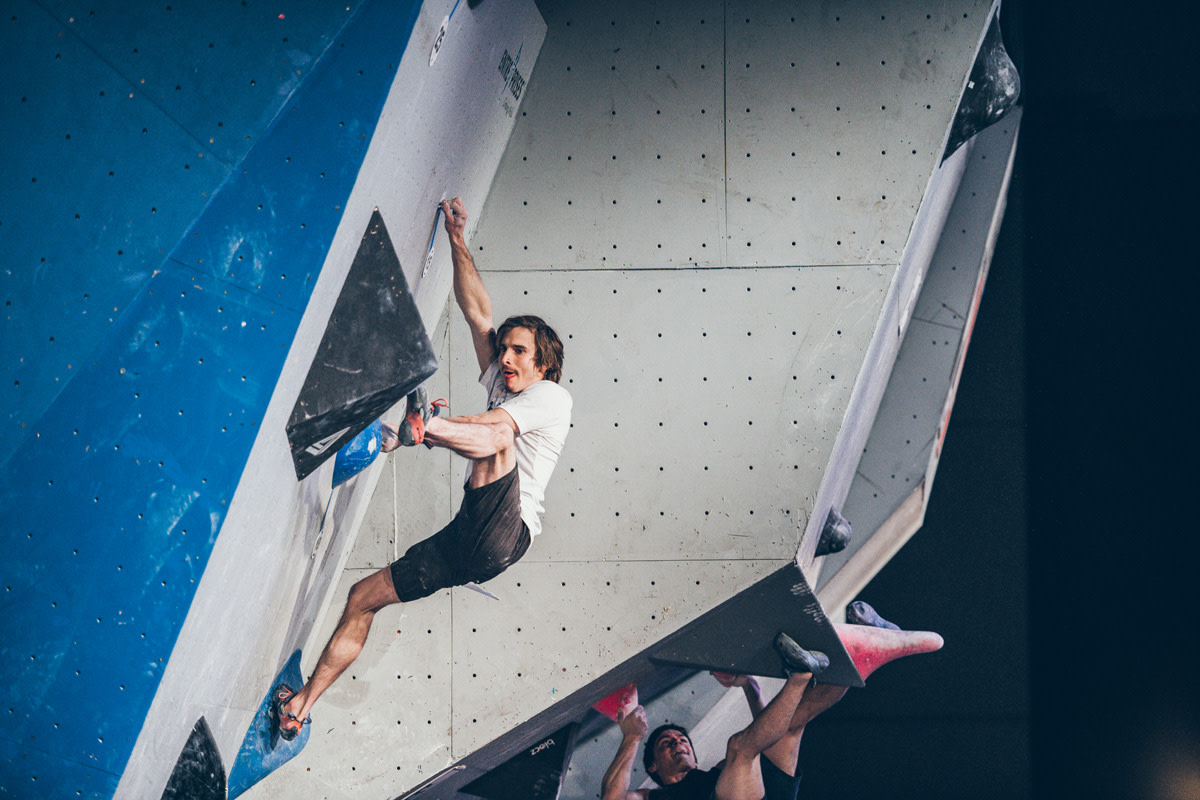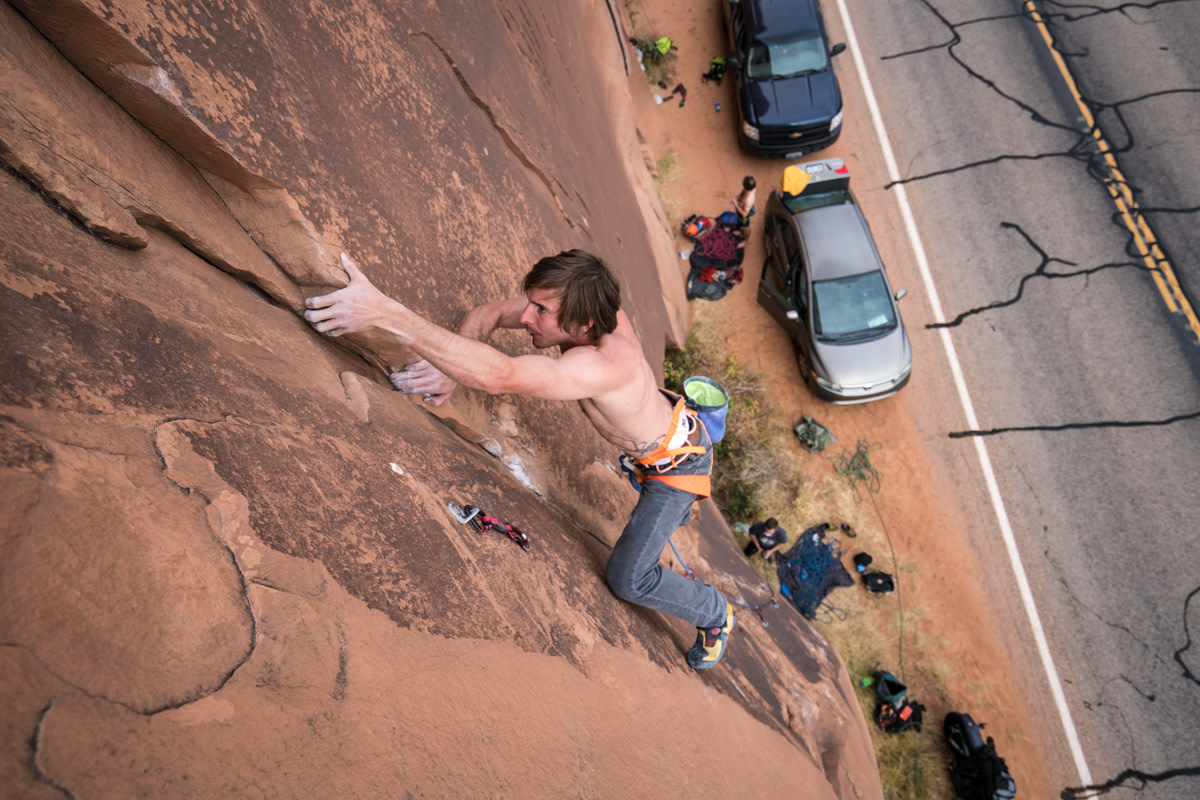Colorado-based climber Daniel Woods entered his first indoor competition at age eight. He’s since become a fixture on the elite-level climbing scene, winning the North American Bouldering Championship and consecutive USAC/ABS National Championships, beating serious adult challengers when he was just a teen.
But he’s also transitioned to bouldering, sport routes, and big ascents outside, including Colorado’s Echale (V14 FA) at age 15; Livin’ Astro (5.14c) in Rumney, New Hampshire; Esperanza (V14) in Hueco Tanks, Texas; and Mandalion (V14) in Bishop, California.
We caught up with Woods to learn more about how to take indoor climbing prowess into the woods.
How were you introduced to both gym and outdoor climbing?
My first climbing experience was outside, when I was five, at Mineral Wells State Park. This experience inspired me to pursue climbing and I began going to the local gym in Dallas all the time. At age nine, my dad moved us to Colorado, where I joined the Boulder Rock Club junior team.
This had a huge influence on shaping me into the climber that I am today. My coaches used the gym as a tool to teach us technique and how to build strength. On weekends, we would go to a lot of outdoor areas and that sparked my love for real rock climbing.
What are the biggest differences between learning in a gym and learning outside?
Climbing on plastic and rock are very different. Styles of moves and texture of holds are the biggest difference. Outside you can grab onto holds that would be impossible to use inside (due to the difference between plastic and rock texture). Movement outside is more controlled and revolves around finger strength and body tension.
Gym climbing is a lot more gymnastic and coordinated (bigger holds, larger moves). A person creates a route for you to climb inside, whereas outside people use their vision to climb a line that the rock has naturally produced. This takes a lot of cleaning and work to make happen.

What are some tips for transitioning from the gym to the rock?
The best tip is to do both, understand how both work, then go from there. Both styles of climbing are not for everyone either. I love rock climbing more, but also know how useful gym climbing is.
Rock takes a while to get used to. The way you move on it is different. Rock is more abrasive than plastic, so you have to build thick skin to be able and hang onto the holds. (You then have to lose this thick skin to perform well on plastic.)

What rules are important to keep in mind as you move from the gym to public spaces?
Both types of climbing have different rules. Respect outdoor areas. This includes staying on designated trails. Or if you develop a climbing area, design a trail for people to use. Pack out your trash and brush chalk off of holds. Indoors is more lenient. Obviously follow the rules set by the gym.
Any exercises that make the transition from gym to rock smoother?
Before going on a rock trip, I train my finger strength on a fingerboard. I set moves that will resemble the moves of the climbs that I’m motivated on.
My goal with training is to build as much endurance and power as possible. I definitely stretch and do other physical therapy exercises, too.
from Men's Journal https://ift.tt/2CXTUxR
No comments:
Post a Comment